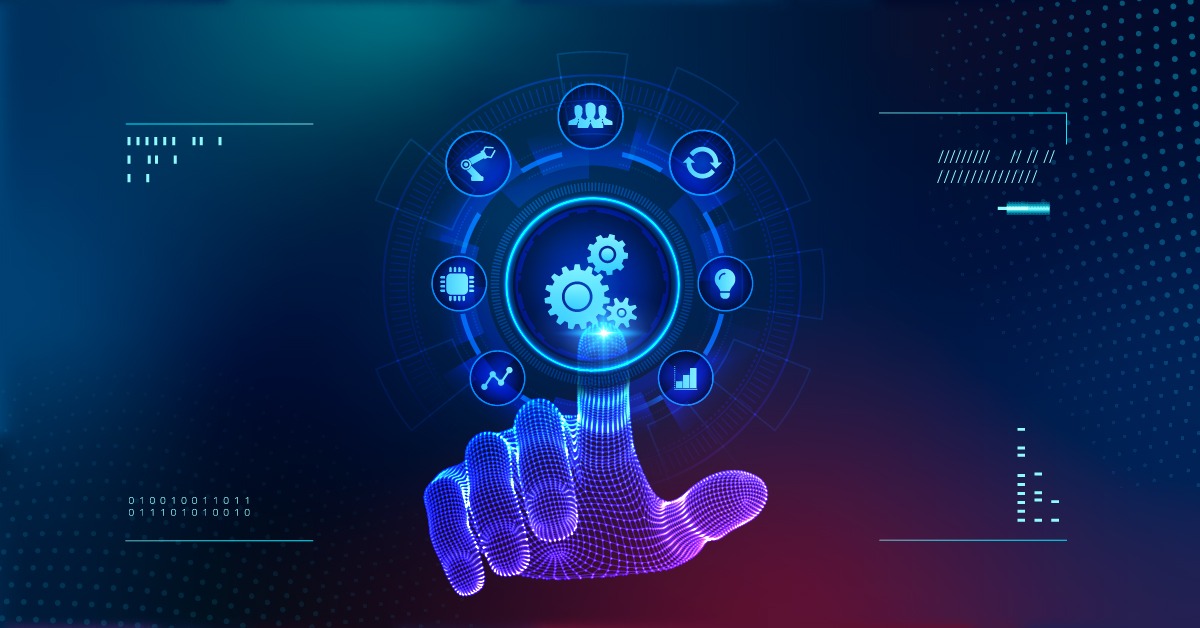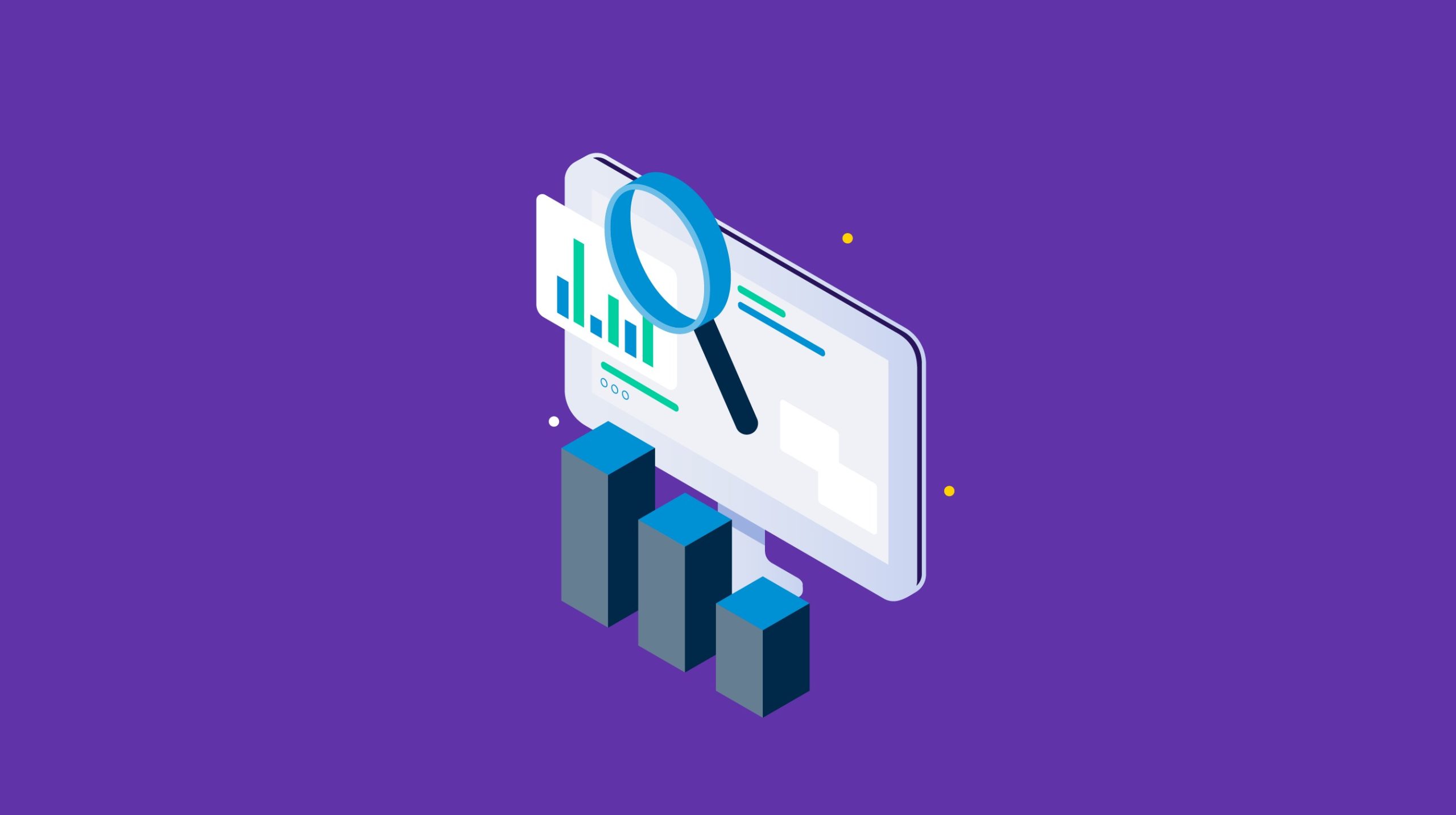In today’s rapidly evolving tech landscape, software maintenance has become a critical aspect of any software development project. It is no longer enough to simply create a piece of software and release it into the wild. To ensure long-term success, software maintenance must be an integral part of the development process. In this article, we will explore the best practices in software maintenance that every software development team should follow to guarantee the longevity and efficiency of their software products.
The Importance of Software Maintenance
Sustaining Performance and Reliability
One of the primary reasons software maintenance is crucial is its role in sustaining the performance and reliability of a software application. Over time, software can become vulnerable to performance issues, bugs, and security vulnerabilities. Regular maintenance allows for the identification and mitigation of these issues before they can impact users or the business.
Adapting to Changing Requirements
Another key aspect of software maintenance is its ability to adapt to changing requirements. As businesses evolve and user needs shift, software must be updated to accommodate these changes. Neglecting this can lead to an outdated and inefficient system that no longer meets the needs of its users.
Best Practices in Software Maintenance
Regular Updates and Patch Management
Regular updates and patch management are fundamental to maintaining software health. This includes staying up-to-date with the latest security patches, bug fixes, and feature enhancements. Automated tools and processes can help streamline this task, ensuring that the software remains secure and functional.
Version Control and Documentation
Version control and thorough documentation are indispensable in software maintenance. Using version control systems like Git allows developers to track changes, collaborate effectively, and roll back to previous versions if issues arise. Documentation, including code comments and user manuals, ensures that knowledge is transferred smoothly between team members and helps with troubleshooting.
Continuous Testing and Quality Assurance
Continuous testing and quality assurance are cornerstones of successful software maintenance. Automated testing tools can help detect regressions and ensure that new updates do not introduce new issues. Quality assurance processes should be in place to verify that the software meets the desired quality standards and user expectations.
Monitoring and Performance Optimization
Proactive monitoring and performance optimization are crucial to preemptively identify and address potential bottlenecks and performance issues. Monitoring tools provide insights into system health, allowing for real-time adjustments and preventing downtime.
Collaboration and Communication
Collaboration Across Teams
Collaboration across development, operations, and support teams is vital in software maintenance. Encouraging open communication and cooperation ensures that everyone is aligned on goals and priorities, leading to more efficient issue resolution and continuous improvement.
User Feedback and Iteration
User feedback should be actively solicited and considered in the maintenance process. Users are often the first to notice issues or suggest improvements. Incorporating user feedback and iterating on the software based on their input can lead to higher user satisfaction and better product outcomes.
Security and Compliance
Security Audits and Compliance Checks
Security should be a top priority in software maintenance. Regular security audits and compliance checks help identify vulnerabilities and ensure that the software complies with relevant regulations and standards. Timely security updates and proactive measures are essential to protect user data and maintain trust.
Conclusion
In the dynamic world of software development, adopting best practices in software maintenance is essential for long-term success. By prioritizing regular updates, version control, continuous testing, monitoring, collaboration, user feedback, and security, development teams can ensure that their software remains reliable, adaptable, and competitive in the ever-changing tech landscape. Ultimately, investing in software maintenance is an investment in the future success of your software product and your business.



